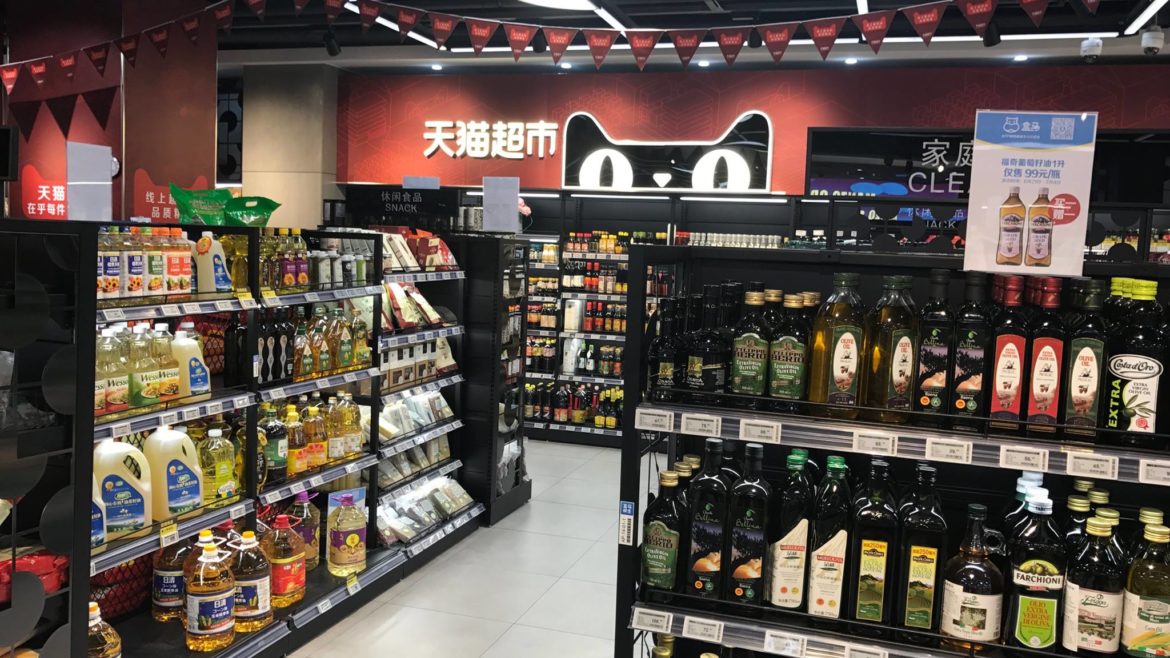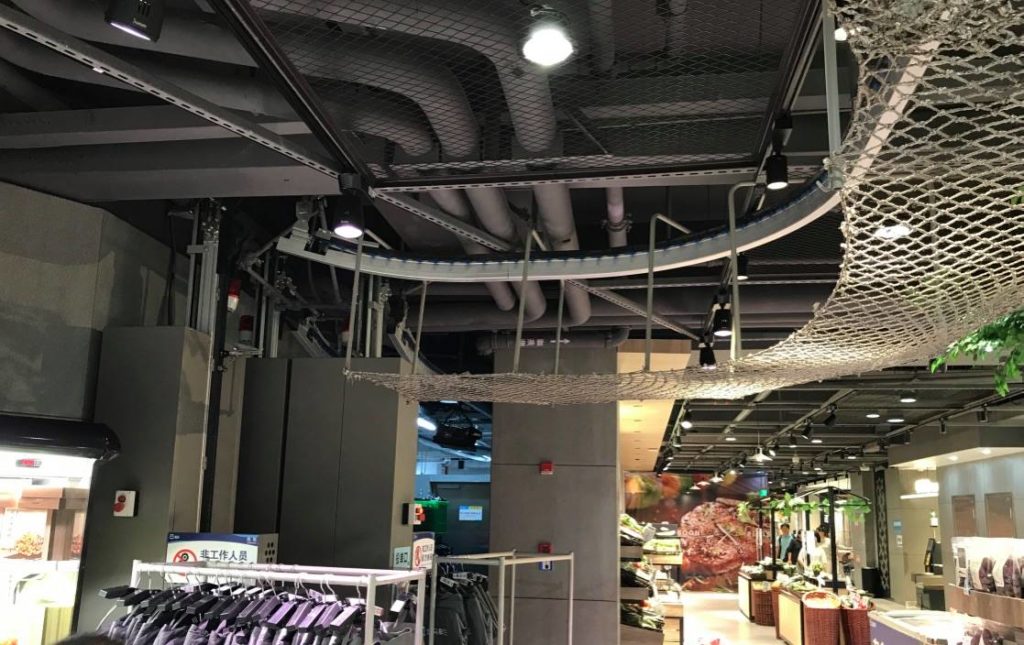Since its birth, fifteen years ago, the growth of e-commerce has been rapid. And this year, once more, the share of online sales is expected to enjoy two-figure growth worldwide. Is this an omen of the imminent end of brick and mortar?
On the contrary, I think that the profound change that the retail sector is currently undergoing represents, for historic retailers, a new opportunity to reinvent themselves and to ensure a bright, lasting future for physical retail.
Having increased 20% in just one year, online commerce represented 1,860 billion USD in 2016, i.e. 8.7% of total retail sales worldwide. A share that is expected to pass the 10% mark in 2017. In developed countries, more than half of consumers make purchases online and, in emerging countries, the increase in internet access provides e-commerce with the potential for considerable growth.
Although, in light of the above figures, it seems unthinkable to question it, will the rapid growth of online commerce mark the demise of physical retail? The answer is no. I have no doubt about it. And what’s more, I am convinced that physical retail, the famous brick and mortar, has a bright future ahead, and I can give (at least) five reasons for this:
1 – The figures confirm it: the e-commerce wave is no tsunami
In the USA, the second largest e-commerce market in the world, just behind China, the share of online sales stands at just over 8%. And yet, as significant as it is, this figure cannot overshadow the remaining 92%, well and truly occupied by the physical networks. Similarly, projections indicate that, worldwide, e-commerce will represent just shy of 15% of the market by 2020. And to emphasise this point, the share of online sales will not end up exceeding 20 to 25%.
2 – The pure players themselves do not believe in a 100% digital future.
Within the space of scarcely two years, many leading e-commerce players have shown a growing appetite for physical retail. In Europe, this was particularly the case for the French firm Spartoo, which, in 2015, opened its first physical store, with plans to open around fifty by the end of 2018. In the USA, the takeover of Whole Foods by Amazon bears witness to the same aspiration. Lastly, in China, Alibaba has already invested no fewer than €7 billion in physical retail by acquiring shares in the Suning and Sanjiang chains.
Of course, this sensational début by the web giants in the world of physical retail is likely to cause concern for historical retailers, and quite rightly so. Nonetheless, is it not proof in itself that pure players themselves believe that the future of retail will play out, at least in part, in real life? Is it not a sign of an awareness, by e-merchants, of the importance of human beings in the quality of the connections between them and their customers and, similarly, in the longer-term success of their businesses?
3 – Setting physical retail against e-commerce is meaningless.
With a growing number of hybrid merchant concepts, like showrooms, where you can come to touch and test a product before purchasing it online; with the Drive, where only product selection and the transaction take place online; with the development of applications – intrinsically, of purely digital products – capable of analysing products in a bricks-and-mortar store, can we still talk about physical retail? Can we still talk about e-commerce? There is no longer such a thing as pure players. But in the end, did they ever actually exist in the strict sense of the word? Take delivery to relay points, for example. Does this not involve a physical shop? We have entered an omnichannel era, where the dichotomy between physical retail and e-commerce is no longer required.
4 – The physical businesses of tomorrow have not yet made an appearance.
And then, asking ourselves about the survival of physical retail is just as absurd as questioning the sustainability of the city. And of course, the city isn’t going anywhere! What makes it meaningful are its places for socialising and meeting people. Acquaintances, friends and family. Users and service providers. Retailers and customers.
We can’t imagine the city of tomorrow without shops. And most of tomorrow’s shops have not yet been invented. Tomorrow’s store will not be physical or digital, it will, above all, be social. So, its transformation will be constant, because now, test and learn, with and for the customer, will become law.
5 – The revolution of historical retailers is under way.
One thing is for certain, tomorrow’s retail will be designed with historical retailers or at least those that have actually established, or re-established, a connection with their customers. A connection that goes beyond just the simple transaction: connecting with a customer means listening to them, establishing a dialogue and interacting with them, with the sole aim of better meeting their expectations.
It is time to tip agility and creativity towards the historical players. And it is clear that their revolution has now started: testing of a fully automated supermarket by Auchan in China, delivery by Walmart of shopping to your fridge even – and this is the cherry on the cake – while you are out, etc. There are already plenty of examples and there will be plenty more in the future. In the future, and more than ever before, creativity and innovation at the service of the customer will be the foundation of new commerce. More than ever before, the rebirth of physical retail is set to be exciting!
By Raphaël Palti,
CEO and founder of Altavia
Sources : Statistica – Worldwide retail e-commerce sales; Statistica – e-commerce share of retail sales worldwide; Crédit Suisse; Ecommerce Nation; Marketingland.com – E-commerce accounted for 11.7% of total retail sales in 2016; Kantar Worldpanel; Le Monde – Spartoo étend son réseau de boutiques; Clubic; Le Monde.fr

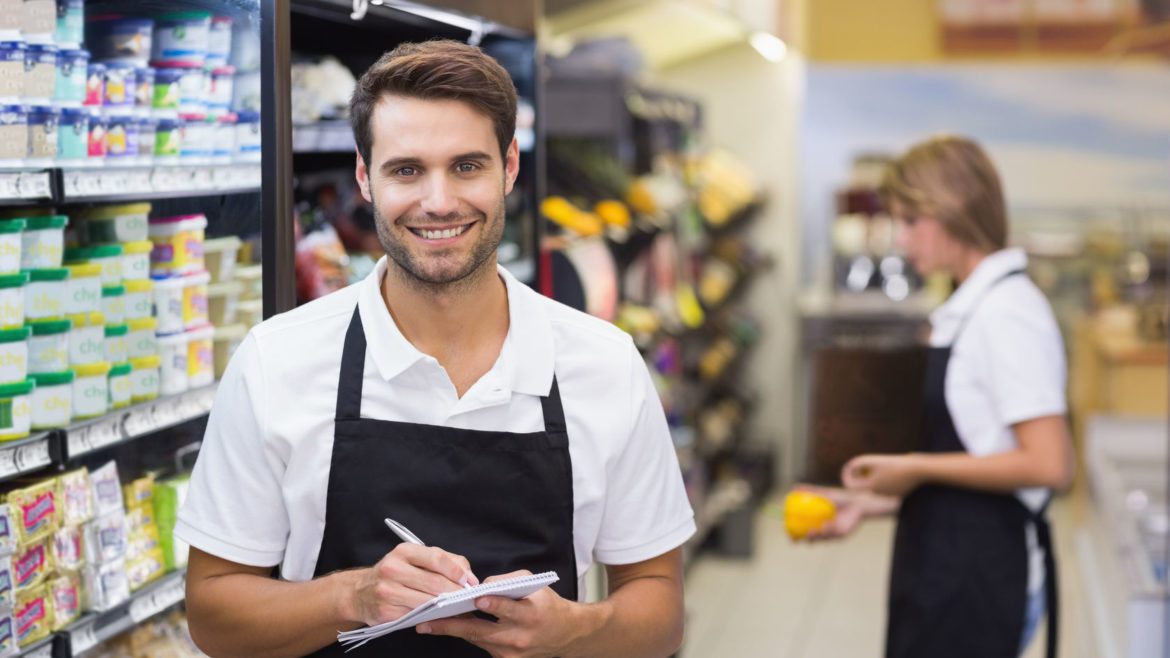




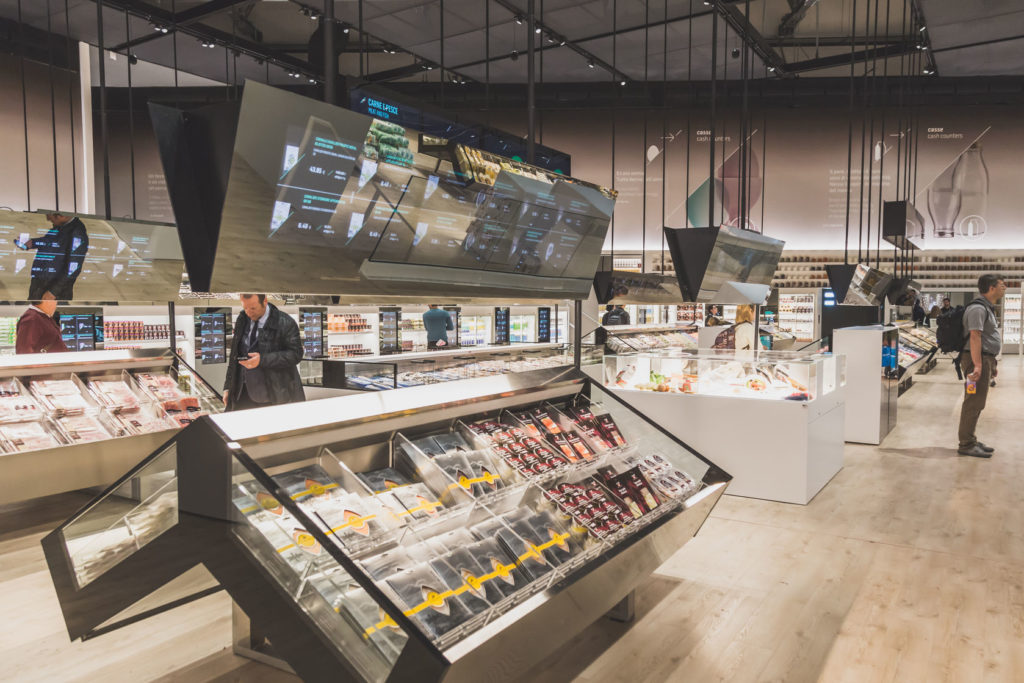
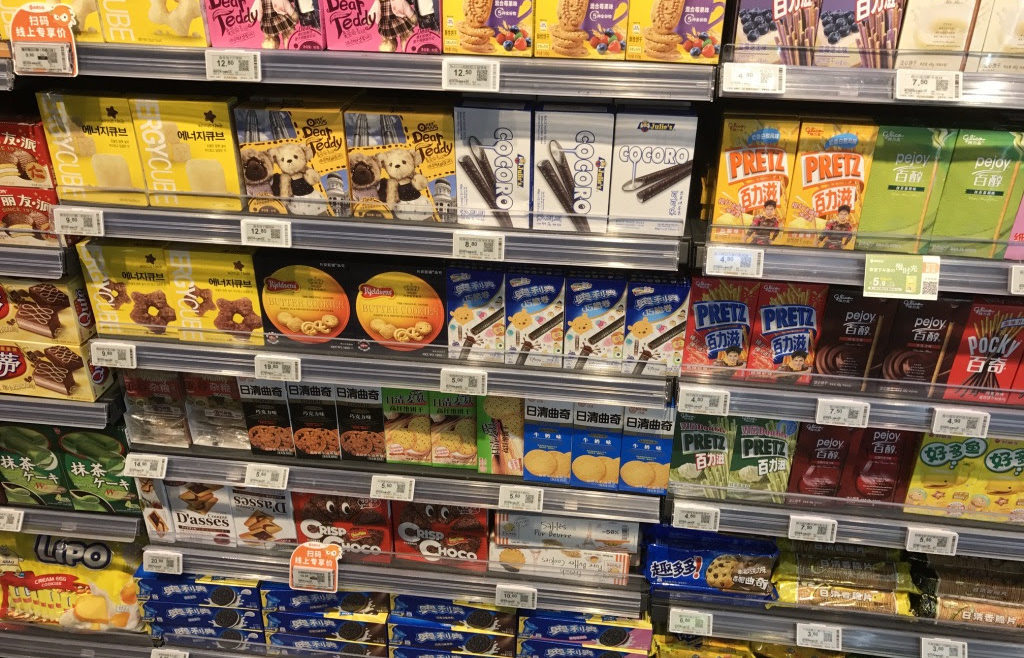

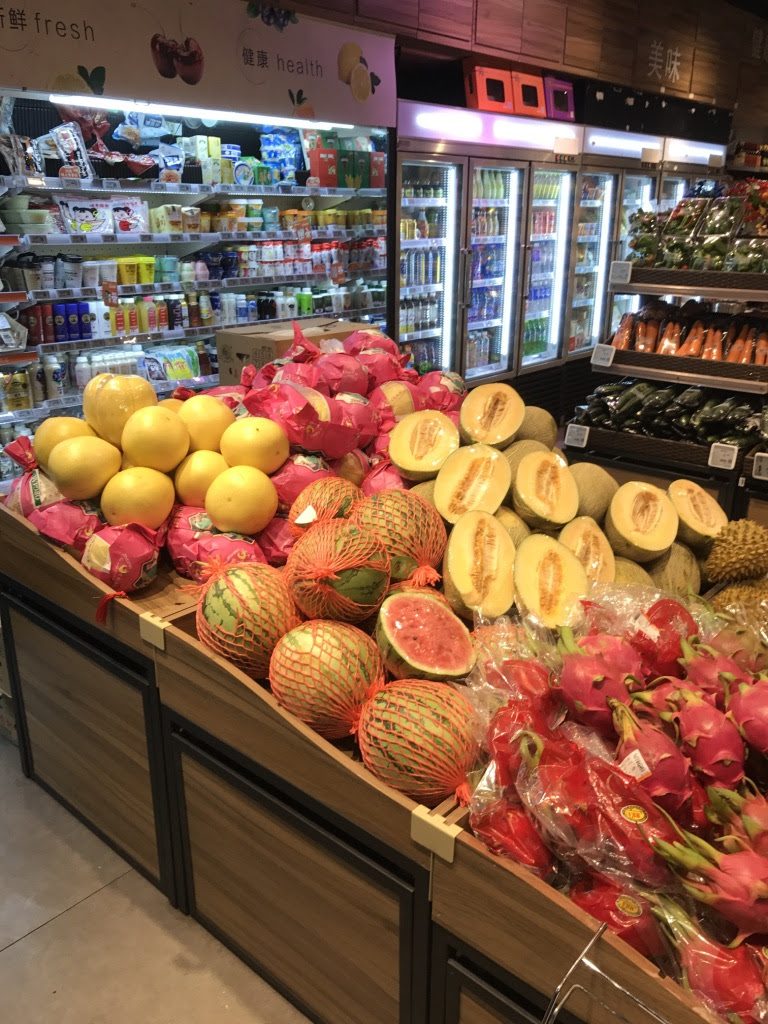




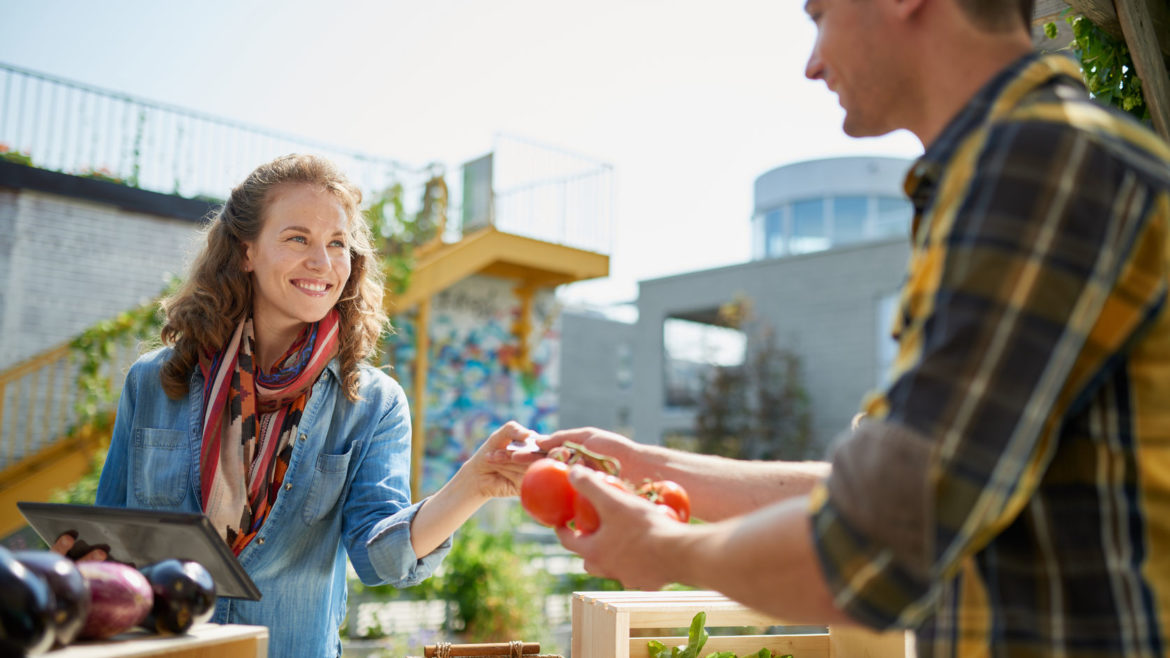

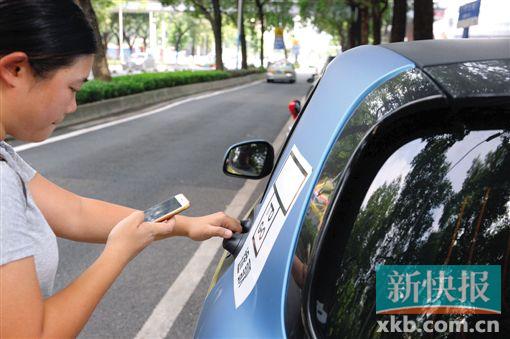

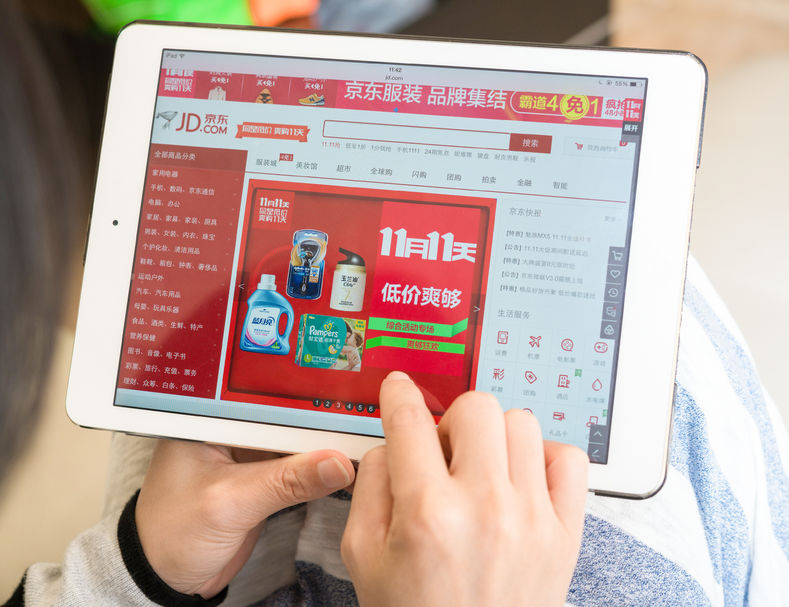 “
“